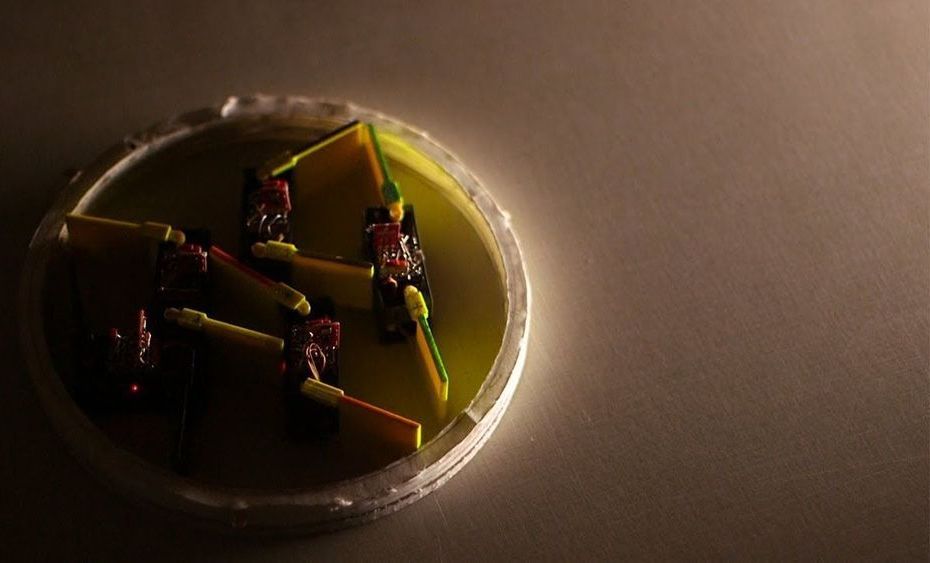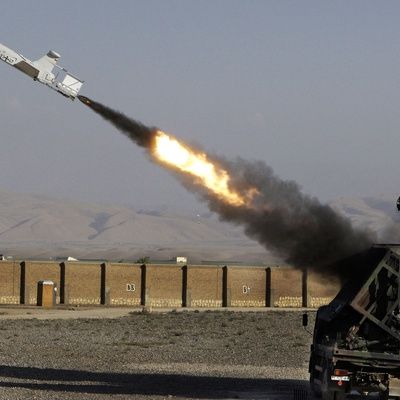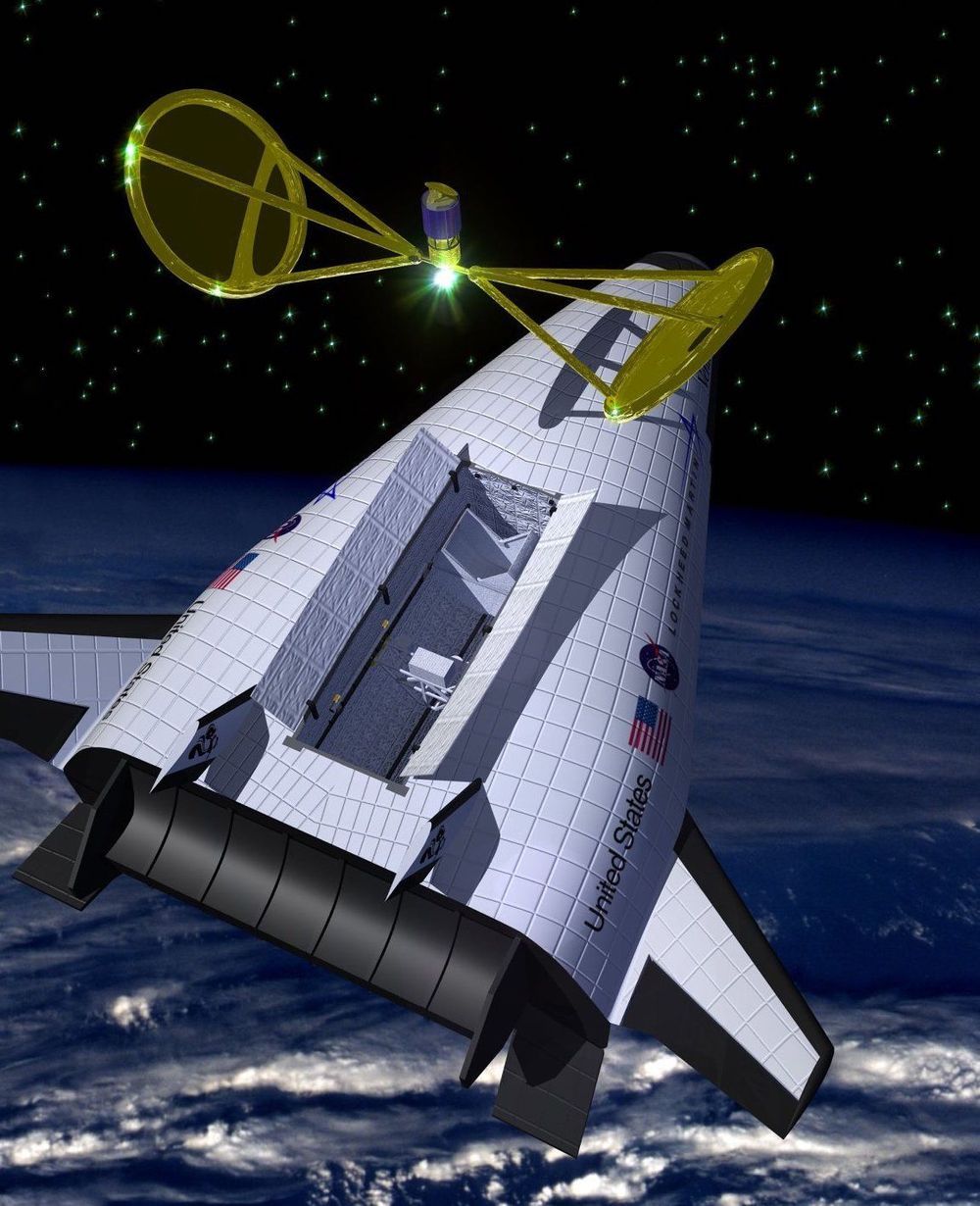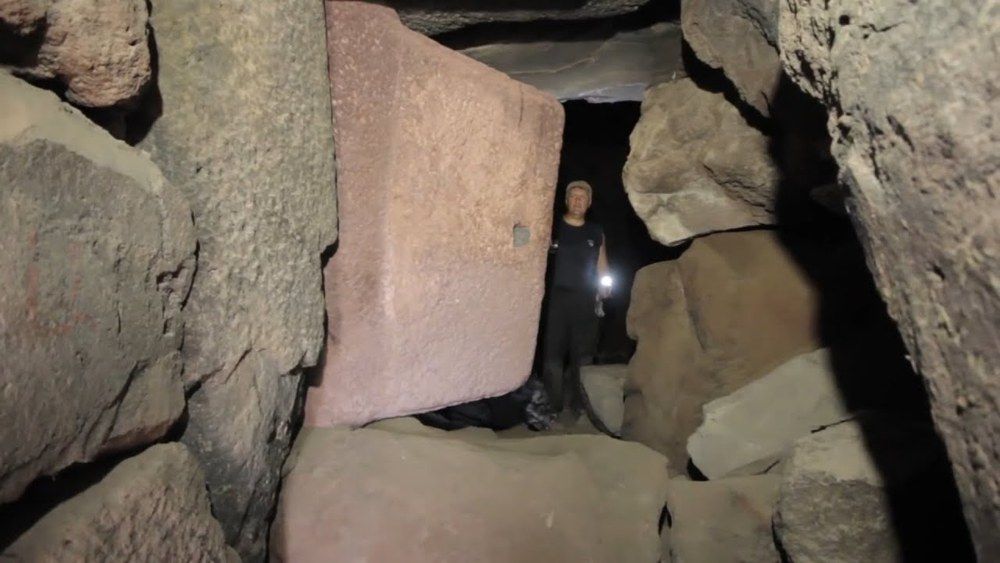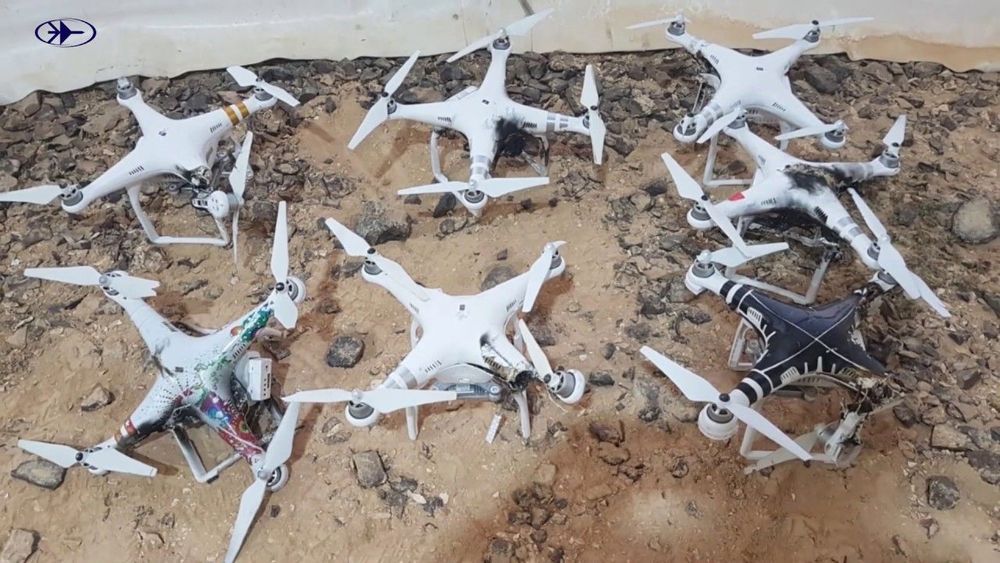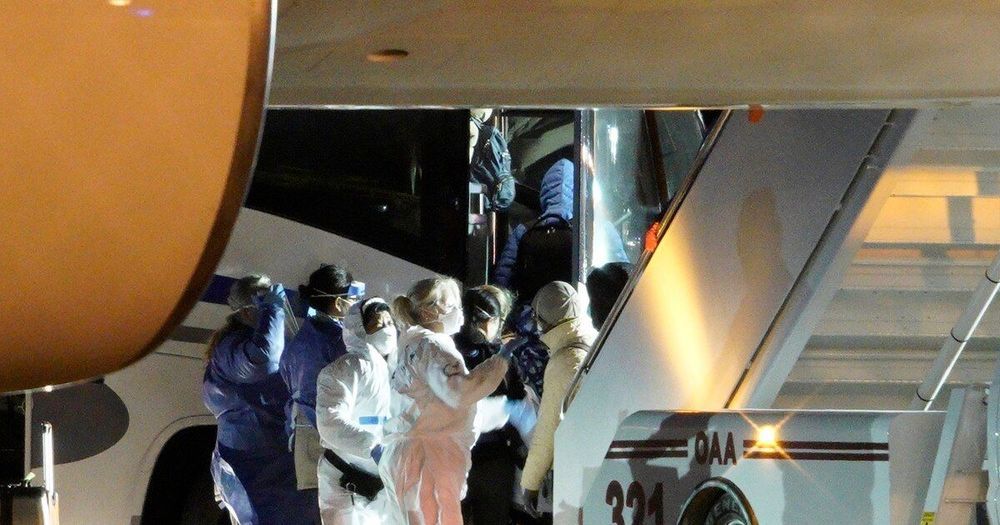Feb 23, 2020
Smarticle robots built from smaller swarming robots
Posted by Genevieve Klien in categories: 3D printing, military, robotics/AI
Swarming 3D printed smarticles unlock new method of robot locomotion and may be able to form load-bearing structures
An accidental discovery about construction staples led to the development of the swarming robots. Nick Gravish, a doctoral student at Georgia Tech working on a project with the Army Research Laboratory, found that if these heavy duty staples were poured into a box with removable sides, they would self-assemble into tower structures that will stay standing even if the box was disassembled. This, he realised, meant that entangling simple structures could lead to the formation of a composite structure with mechanical properties well beyond those of the original structures.
